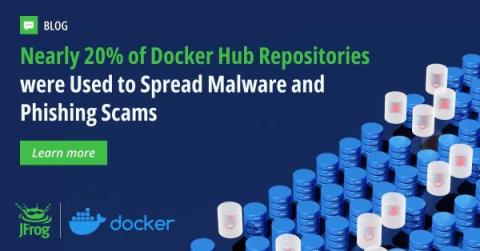Strengthening Software Supply Chain Security: Insights from RSA Conference 2024
It’s a wrap! RSA 2024 brought together cybersecurity experts, industry leaders, and innovators to delve into critical topics defining the future of digital security. One of the key themes that garnered significant attention at RSA 2024 was software supply chain security.











